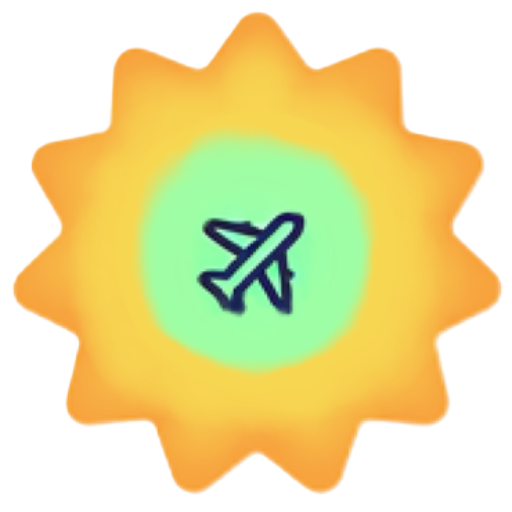When is the best time to visit Yellowknife?
Yellowknife, the capital city of Canada’s Northwest Territories, is a hidden gem that promises adventure seekers and nature lovers an unparalleled experience. Known for its breathtaking landscapes, rich indigenous culture, and vibrant city life, this destination offers a unique blend of natural beauty and urban charm. The city is renowned for its stunning views of the Northern Lights and its proximity to vast wilderness areas, making it a hotspot for outdoor enthusiasts year-round.
For those wondering about the best time to visit Yellowknife, the summer months invite travelers to explore its crystal-clear lakes, while winters transform the city into a snowy wonderland, perfect for snowmobiling and ice fishing. Yellowknife’s historical significance as a former gold rush town adds layers of intrigue, with numerous landmarks and museums that speak to its storied past.
The cultural experiences in Yellowknife are equally captivating. Local festivals such as the Long John Jamboree in February showcase the city’s vibrant community spirit, while the National Indigenous Peoples Day in June celebrates the rich heritage of the First Nations. With its diverse attractions and welcoming atmosphere, Yellowknife is a destination that should not be missed.
Tourist Seasons
- Peak Seasons: June to August, with an influx of tourists enjoying pleasant weather and outdoor activities.
- Mid Seasons: May and September, when the weather is transitioning, offering a quieter experience with fewer tourists.
- Valley Seasons: October to April, where winter sports become the main attraction, albeit with frigid temperatures and decreased tourist numbers.
Weather Conditions & Seasonal Changes
Yellowknife experiences a subarctic climate, which brings distinct seasonal changes:
- Summer (June to August): Average high temperatures of 18°C to 25°C and low precipitation (around 40 mm), ideal for hiking and fishing.
- Fall (September to November): Temperatures drop to 5°C to 15°C, with increased rainfall (up to 60 mm) and the onset of the Northern Lights.
- Winter (December to February): Average lows can plunge to -25°C, with heavy snowfall (around 30 mm), perfect for winter sports.
- Spring (March to May): Mild temperatures around 5°C to 15°C, with melting snow and the return of wildlife.
Special Festivities & Events
Yellowknife hosts several annual events that enhance its tourism appeal:
- Long John Jamboree: A winter festival featuring snow sculptures, ice fishing, and local music.
- National Indigenous Peoples Day: Celebrated on June 21, showcasing Indigenous culture through music, dance, and art.
- Northwest Territories Blueberry Festival: Held in late August, celebrating local agriculture with food tastings and activities.
- Yellowknife International Film Festival: An annual event in October that showcases independent films.
- Ice Carving Competition: Takes place every February, attracting artists from around the world.
Worst time to visit Yellowknife
While winter offers a magical atmosphere with the Northern Lights, it is also the coldest time of the year, leading to fewer outdoor activities and potential travel difficulties. Additionally, peak summer months can be crowded and expensive, making it wise to plan visits during shoulder seasons for a more relaxed experience.
Best month to visit Yellowknife
What is the best month to visit Yellowknife?
Visit Yellowknife in January
Expect freezing temperatures around -30°C. Perfect for winter sports, but be prepared for limited daylight.
Visit Yellowknife in February
With temperatures slightly warmer at -25°C, this month is ideal for experiencing the Long John Jamboree and beautiful ice sculptures.
Visit Yellowknife in March
Temperatures rise to about -15°C. A great time for winter activities, with longer days and stunning snowy landscapes.
Visit Yellowknife in April
A transitional month with temperatures around 0°C, making it perfect for enjoying melting snow and the first signs of spring.
Visit Yellowknife in May
Temperatures rise to about 10°C. This is ideal for those wanting to enjoy spring flowers and wildlife awakening.
Visit Yellowknife in June
Warm temperatures of 15°C to 20°C allow for hiking and exploring the lakes, with long daylight hours.
Visit Yellowknife in July
The warmest month, averaging 25°C, making it perfect for outdoor adventures and festivals.
Visit Yellowknife in August
Temperatures begin to cool slightly but remain pleasant, offering great opportunities for hiking and seeing the Northern Lights.
Visit Yellowknife in September
Temperatures drop to around 10°C. A quieter time to visit, perfect for photography and enjoying the fall colors.
Visit Yellowknife in October
Cooler temperatures around 0°C, but a great month to start seeing the Northern Lights.
Visit Yellowknife in November
Cold temperatures around -10°C, with shorter days. Ideal for those who enjoy winter activities.
Visit Yellowknife in December
Very cold, around -20°C, but magical with winter festivities and the chance to see the Northern Lights.
Local Languages
The primary language spoken in Yellowknife is English, but many residents also speak Indigenous languages such as Slavey and Tłı̨chǫ, reflecting the rich cultural heritage of the region.
Religion
Yellowknife’s population is predominantly Christian, with around 60% identifying as such, followed by Indigenous spirituality and other faiths.
Local Culture
The city boasts a unique blend of Indigenous and settler cultures, with numerous art galleries showcasing local artists, festivals celebrating cultural heritage, and a strong community spirit evident through various events throughout the year.
The Best time to travel to Yellowknife offers a chance to immerse yourself in its stunning landscapes, rich culture, and lively festivals. Choose your season wisely, and every visit can be a new adventure waiting to unfold.
